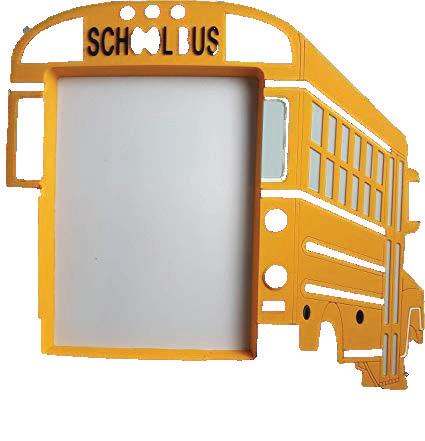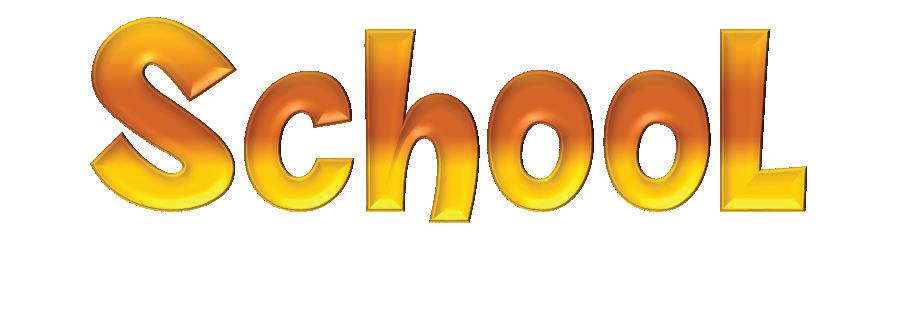
4 minute read
Health Mantras
By Greg Kirk, PT Enchantment Physical Therapy
Mechanical low back pain is one of the most common patient complaints expressed to emergency physicians in the United States, accounting for more than 6 million cases annually. Approximately two-thirds of adults are affected by mechanical low back pain at some point in their lives. Low back pain reportedly occurs at least once in 85% of adults younger than 50 years, and 15-20% of Americans have at least one episode of back pain per year (Medline, J Bone Joint Surg, 2000). When a patient is referred to Physical Therapy, we as PTs develop multiple strategies to overcome this injury, each one specific to each patient. Patients may demonstrate compensatory muscle patterns that prevent normal motion of the spine. The body is a beautiful mechanism in the fact that it will create its own brace of sorts, i.e. muscle spasms. Now, by no means are muscle spasms pleasant, but it's the body's protective mechanism of not allowing any further damage.
The difficulty lies in restoring the muscle to its normal resting length and strength. However, the tipping point of recovery can become time dependent. We consider an acute injury from the date of onset to approximately six weeks; after six weeks we classify it as chronic pain. The further an injury is drawn out the longer the recovery process can take. Any injury that spills over into the chronic stage becomes a perceptual issue; the brain itself starts to remap to the sensations of the injured site and more neural surface area/brain matter is taken up. Add in emotions of fear and anxiety and we have a chronic feedback loop that drives pain. If you want to dive deeper into this then I would recommend the book called "Explain Pain" by Butler and Moseley.
So, the million dollar question is how do we prevent this from happening, or if it does happen, how to expedite our recovery? The first is the psychosocial component. We look at links between life events and your pain. More often than not, we will see a high correlation between pain and high stress levels. Recognizing deeper emotions can be part of the healing process. The non-psychological factors of sleep, water intake, nutritional intake, smoking, alcohol consumption, and exercise are all equally important. As I have said before, today's working ergonomics and recreational activities revolve around technology (computers/cell phones) and we succumb to flexed static postures. We are setting our bodies up for biomechanical failure because we feed into what Dr. Vladimir Janda coins "upper crossed" and "lower crossed" syndromes. Basically, the muscles in the front of our body become shortened and the muscles in the back become lengthened. If we do not unwind what we have done day after day, week after week, month after month, you get the pattern, then you are setting yourself up for back pain. As a rule of thumb, any onset of back pain should be looked at by your primary physician. On a final note, here are a few of my favorite unwinding and strengthening techniques:
Foam Rolling Thoracic Spine (Upper Back)
With the foam roller placed on the ground, sit on the ground so that the foam roller is touching your upper back, also making sure the shoulder blades touch the foam roller. Make sure the legs are slightly bent and the feet are flat on the floor. After this position has been reached, you should use the glutes and abs to lift the butt off the floor, just enough to place pressure against the thoracic spine, but not enough to arch the back. Once the correct starting position is established, use the legs to propel the foam roller back-and-forth over the thoracic spine, covering the specific surface area between the mid-back and the base of the



neck. Do not roll the lower back (lumbar spine). Roll for 2-5 minutes.
Scorpion Stretch (Hip Flexors/Quadriceps)
Lie on your stomach and flip one foot over to the opposite hand. Try to grasp your foot to facilitate a better stretch on the hip flexors/quadriceps. Keep your upper torso flat on the ground as much as possible. Hold for 5-10 seconds, do reps of 10 for each leg.
Face Pulls (Upper back strengthening)
Fasten a theraband/rubber tubing to a door or wall at eye level or slightly above. Start with the arms internally rotated (thumbs facing each other). Pull the hands past the face, squeezing the shoulder blades together and down and externally rotating the arms (thumbs facing out).Then raise the arms in a victory stance, keeping the shoulder blades squeezed. Do 3 sets of 15 reps.























